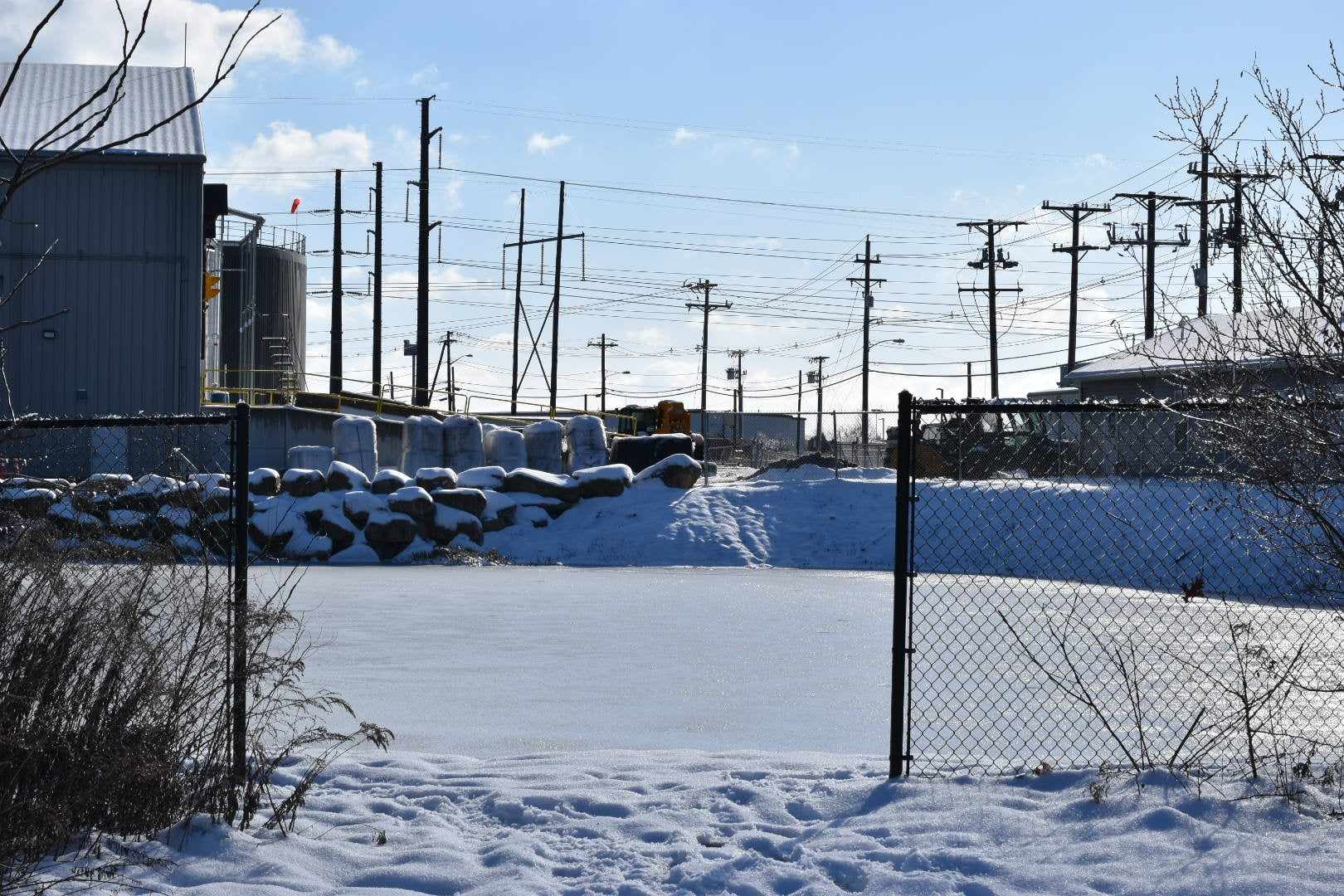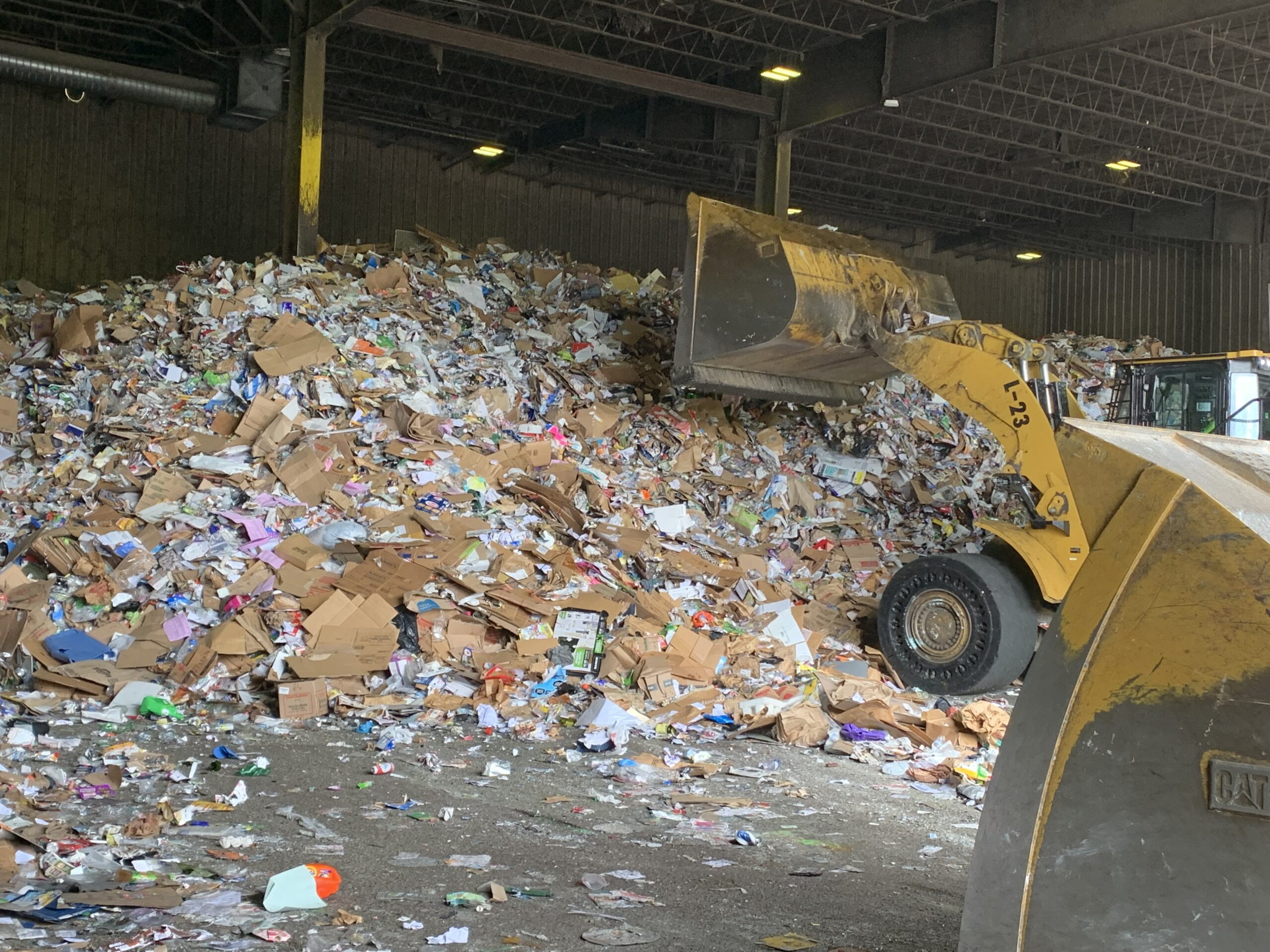Single-Stream has Recycling On the Rise
August 16, 2012
JOHNSTON, R.I. — The state’s new single-bin recycling program is exceeding expectations. Rhode Island Resource Recovery Corporation (RIRRC) recently reported that the volume of recyclable materials increased 7.5 percent in July from a year ago.
Sarah Kite, RIRRC’s director of recycling services, said the phone calls she fields from residents and businesses leads her to believe that single-stream recycling is taking hold in Rhode Island. “The awareness of recycling is much higher,” she said.
Under the new program, paper, plastic and glass is combined in a single collection bin, barrel or Dumpster. Additional plastic items, such as plastic yogurt containers and plastic iced-coffee cups are recyclable. Styrofoam and paper cups still go in the trash.
The new $16.9 million sorting device, within RIRRC’s materials recycling facility, went online in June. At full capacity, the machine is expected to process an additional 70,000 tons of recycling a year.
The statewide advertising campaign for “Recycle Together RI” paused in August, but will resume in September as schools look to learn more about the new program.
Kite said that communities, such as Burrillville, that have replaced the standard blue and green bins with new, larger curbside ones are inclined to collect more recycled items from residents. Providence plans to switch to larger bins in the near future.
Here are a few lesser-known recycling tips and facts:
Don’t flatten aluminum cans and plastic bottles. The new sorting machine considers flat items to be paper, therefore flattened bottles and cans often end up in the landfill.
Beer bottle caps are too small for the recycling sorter to detect, and end up with the trash. To solve the problem, place metal caps and lids in a metal can up to a third full. Bend the top of the can closed and put the can in the recycling bin.
Plastic containers more than 2 gallons should be cut in half or quarters before tossing them in the recycling bin. Don’t cut them smaller than the size of a bottle, and make sure the pieces aren’t flat. This allows containers larger than the 2-gallon limit to get recycled.
CD cases can’t be recycled. DVD cases can be recycled.
Dunkin’ Donuts lids should stay on or inside the cup before recycling. Screw-on lids for plastic bottles and plastic jars should also be lightly replaced on their containers before recycling. Lids can’t be recycled unless they are on their containers because they are too small to make it through the RIRRC’s recycling machine. They literally fall through the cracks.
Cling wrap is trash. Bubble wrap can be recycled with plastic bags at retailers, not at the curb.
Aluminum cans are ideal to recycle as they are one of the few items that can be re-made into the original product. Recycling cans also requires 95 percent less energy than it takes to make new cans.
Categories
Join the Discussion
View CommentsRecent Comments
Leave a Reply
Your support keeps our reporters on the environmental beat.
Reader support is at the core of our nonprofit news model. Together, we can keep the environment in the headlines.
We use cookies to improve your experience and deliver personalized content. View Cookie Settings




I'd love to know what percentage of the items that are collected actually get recycled. With all the rules above (no flattening, small pieces are problematic, etc) plus the fact that they don't recycle the glass they collect makes me wonder if even 50% of what is collected as "recyclables" avoids the landfill.
I was surprised to learn that glass isn't recycled, since one tends to think of glass as the original recyclable container. A reason previously given is that it is too expense to get the paper labels off. How do they do it for metals, like cat food containers? Another question I have is: are all plastics recyclable, or only those with recycling triangles? I run across plastic containers with no recycling triangle that I assume are a mix of plastics that cannot be recycled. Haven't heard this being addressed. Third, if plastic bags can be recycled (separately, in boxes at the grocery store), why not cling wrap? Or does the comment on cling wrap in the article only pertain to curbside pickup? Understanding how the optical scanner works (re: flat cans) helps to prepare recyclables for the most actual recycling. Many questions…..
Cyndee, thank you for asking.
1) Glass isn't recycled because there is no market for the material in the New England area, according to the Rhode Island Resource Recovery Corporation, and transportation costs to move are high. I don't think it has anything to do with removing paper labels.
2) The triangle with the number in it basically means nothing, except to tell us what type of plastic it is. It has never meant that any item with that symbol is recyclable. Currently, Rhode Island can take most type of plastic. Ignore the triangle and number.
3) At the moment, cling wrap is trash. The best bet is to avoid using it, if possible.
Mike, outstanding question and something we plan on looking into.
What does RIRRC do with its polypropylene? Less than 2% of #5 plastic is recycled, and what is is often sent to China to burn for energy. A good way to recycle #5 plastic is through Preserve's Gimme 5 bins at Whole foods. You can also take plastic bags there as well. I take all my #5 to Whole Foods, and it is turned into Preserve toothbrushes and razors. Like your aluminum can example, turning something directly into another product is the best possible way to recycle.
Thanks guys…I look forward to your future piece on the recycling stats.
One question that has been bugging me lately…glass still goes in the recycle bin, but they no longer use it as landfill cover. Is it at least crushed before it goes into the landfill? You'd think that would save a lot of space. I assume it ends up in the landfill…but if I'm wrong, that would be great news!